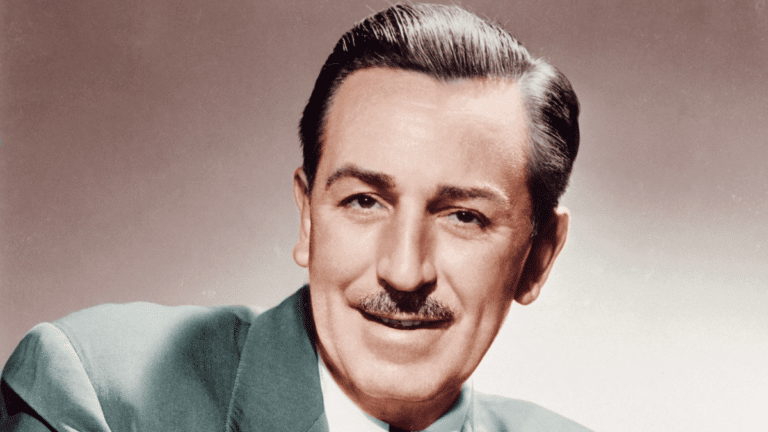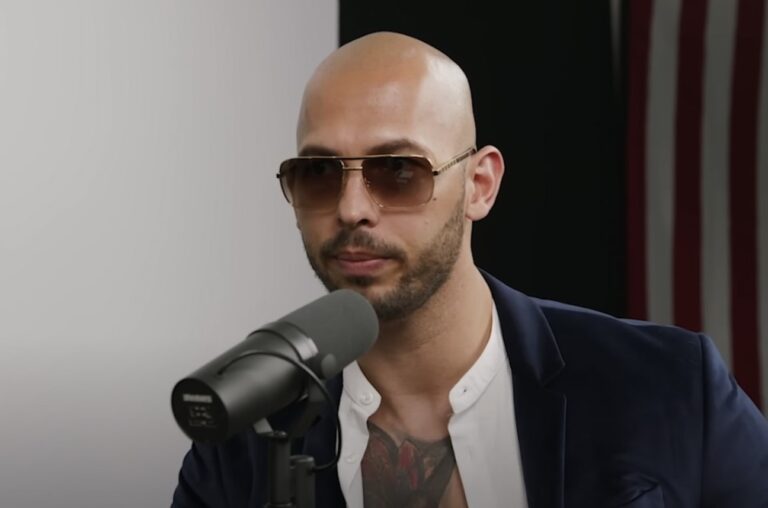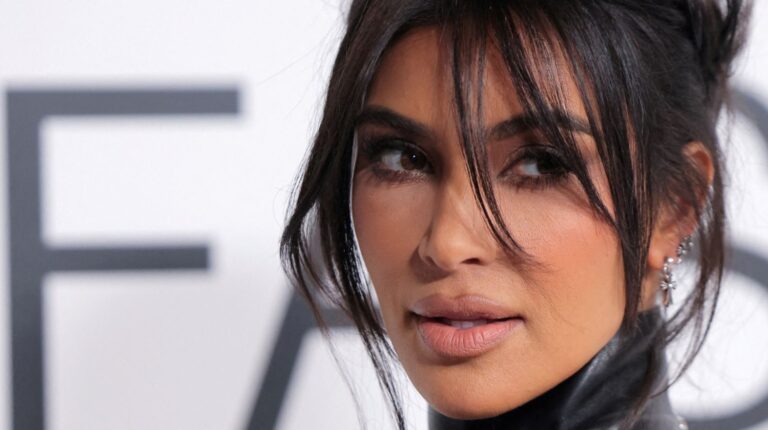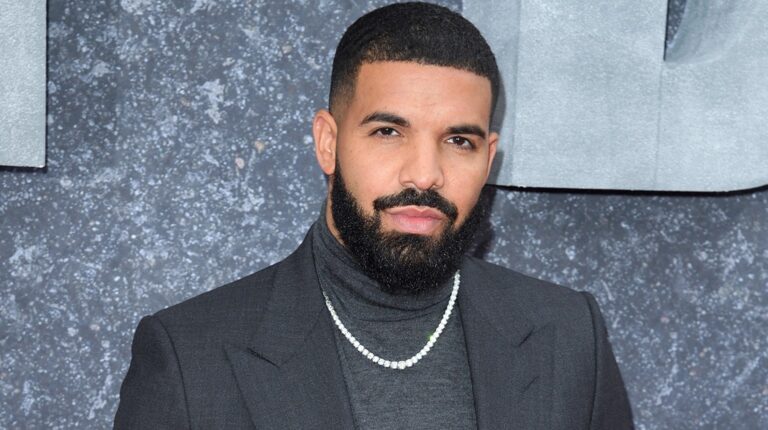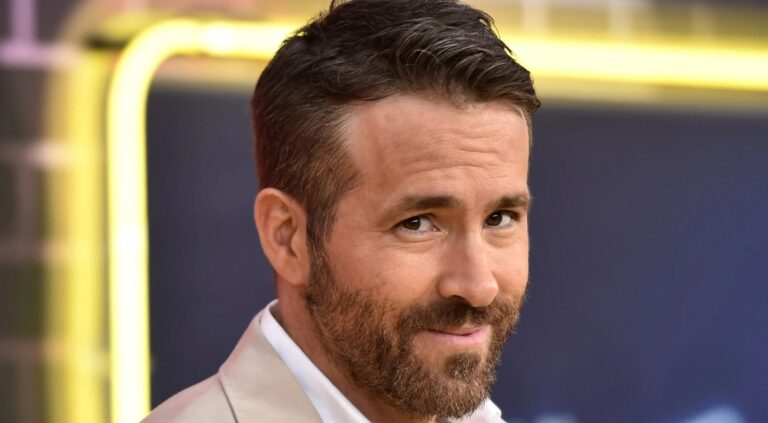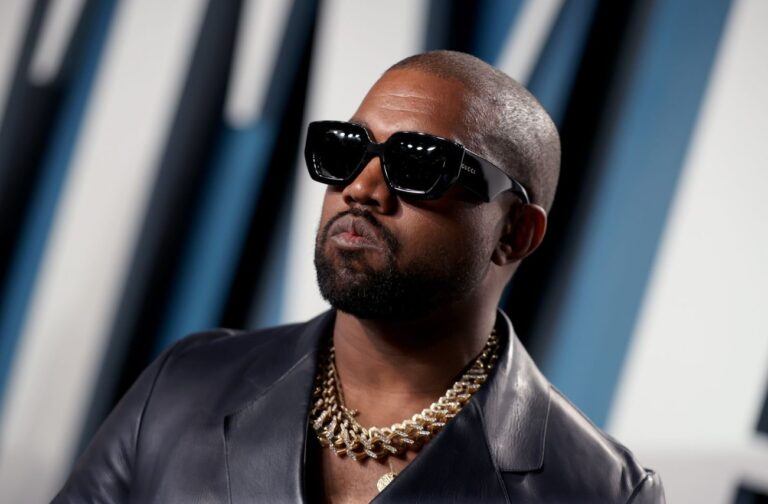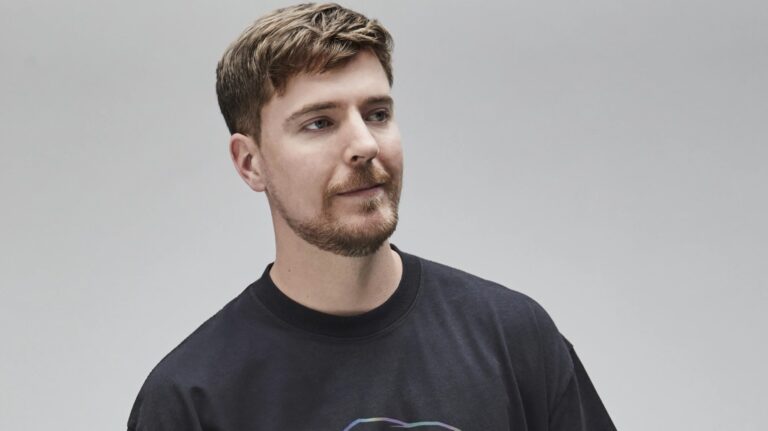Walt Disney Net Worth
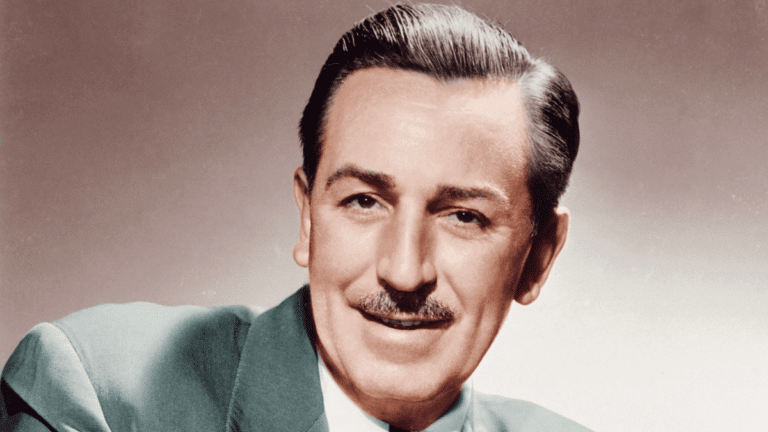
Curious about Walt Disney’s net worth? As the mastermind behind the Disney universe, his journey is truly remarkable. Surprisingly, not many are aware of the significant challenges he faced before transforming into one of history’s most influential figures.
Adjusted for inflation, Walt Disney’s net worth was $1 billion at the time of his demise in 1966.
In this post, we reveal the inspiring journey of an entrepreneurial hero who triumphed over significant obstacles, ultimately leading to Walt Disney’s remarkable achievement of a net worth of one billion dollars.
Early Life
Born on December 5, 1901, in Chicago, Illinois, Walt Disney relocated to Missouri with his family when he was just four years old. It was during his upbringing in Missouri that Disney’s passion for the arts began to flourish from a tender age.
Disney dedicated numerous hours to drawing both before and after attending school, in addition to his work at his father’s newspaper company.
His passion for art intensified when he received the opportunity to paint the horse belonging to his local doctor, which played a significant role in his journey towards becoming renowned as Disney.
Disney got his first job as a commercial illustrator when he turned 18. However, his plans were temporarily put on hold by World War 1 as he felt the need to support his country.
Despite his temporary occupation, he always kept his love for art alive. Even while serving for the Red Cross, he persisted in creating illustrations for the local military newspaper.
Walt Disney’s Career
After he got back home, Disney made the decision to relocate to Los Angeles, recognizing the need to explore greater artistic possibilities. Subsequently, he persevered in his animation studies in the new city.
In addition to this, Disney also undertook numerous comic and illustration projects for various comic companies. Then, in 1923, Disney decided to bring his talents to Hollywood.
His first major success came when he sold his initial cartoon, which was titled Alice’s Adventures in Wonderland.
Walt Disney, together with his brother, commenced their own cartoon studio. Shortly after, they entered into a contract with Charles Mintz, a well-known film distributor based in New York.
In this scenario, Mintz and Disney engaged in a clash of interests and ideas. Mintz had a deep affection for Alice in Wonderland, whereas Disney was adamant about exploring fresh concepts. Following a series of challenging years, Mintz and Disney decided to go their separate ways in 1928.
During their breakup, Mintz lawfully took possession of fifty percent of Disney’s studio and copyrights. It was during this time that Mickey Mouse, one of his most iconic characters, was created in an effort to recreate the magic.
Disney, faced with the departure of over half its staff and on the verge of bankruptcy, was now poised to make a comeback and reclaim its position at the pinnacle.
Walt Disney Builds an Empire
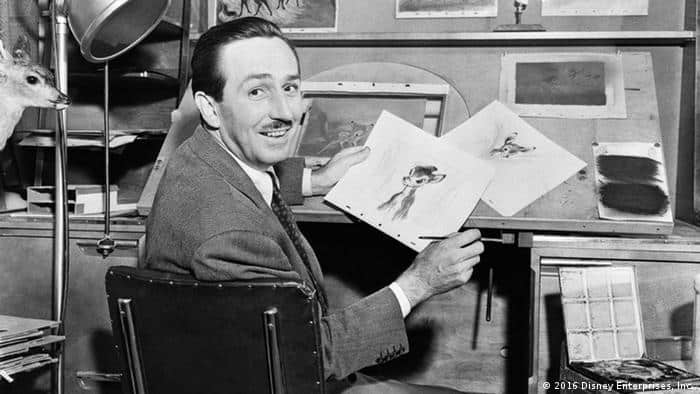
After parting ways with Mintz at the end of 1928, Disney’s first release was Steamboat Willie. This marked the beginning of Disney’s immense commercial triumph, as the main character, Mickey Mouse, swiftly gained worldwide recognition.
Walt Disney’s name was propelled in the entertainment industry with the help of this. As famously quoted by Disney himself, “It all began with a mouse.”
After introducing Mickey Mouse, Walt Disney continued to dominate the entertainment industry for the following decades by introducing numerous blockbuster characters through short films and later feature films. Disney’s groundbreaking release of Snow White and the Seven Dwarfs truly transformed the industry.
At that time, there was little faith in the potential success of this storyline on paper, especially considering the grandeur of his previous projects. Furthermore, Disney and his animation team were boldly delving into numerous untested animation techniques they had developed.
Disney’s original experimental concept turned into a worldwide success, showcasing the incredible talent that Disney possessed.
The Birth of Disneyland
Walt Disney expanded the Disney universe to its maximum extent. By continuously introducing iconic characters that achieved great success, Disney quickly gained the necessary financial resources to elevate its vision to new heights.
He held the belief that audiences desired a more personal and interactive connection with his work, rather than just passively watching a film.
In 1950, Walt Disney envisioned the creation of an unprecedented amusement park centered around animation, which would be the first of its kind in the world. With a vision to cater to both children and adults, Disney assembled a team of innovative thinkers known as “Imagineers” to craft a whimsical paradise. This remarkable endeavor aimed to bring forth a true earthly utopia.
After successfully driving up viewer counts, his partnership with ABC studios proved mutually advantageous as they provided funding for his park. Following years of development, Disneyland finally welcomed the public on Sunday, July 17, 1955.
The first day witnessed an astounding turnout of 200,000 visitors! By the end of that same year, this figure skyrocketed to a whopping 3 million, significantly contributing to the remarkable increase in Walt Disney’s net worth.
Walt Disney Net Worth
Adjusted for inflation, Walt Disney’s net worth at the time of his death would have been $1 billion. The majority of this wealth was derived from his ownership in Walt Disney Productions and all associated Disneyland ventures.
It is important to mention that Walt Disney, despite accumulating significant wealth, remained committed to his conservationist principles and actively supported environmental causes as a philanthropist.
Key Takeaways
Pursue what you love
Disney’s unwavering passion for art began in his early years, propelling him to explore new paths and unlock opportunities that may have otherwise remained out of reach.
When we identify our passions, we can dedicate more time to honing and cultivating our talents in that specific domain. Engaging in activities we truly adore makes the work feel effortless, creating a mutually beneficial outcome.
Use struggle as motivation
Despite Disney losing half of his empire and a significant portion of his artistic creations, he used this struggle as a driving force to persevere.
Furthermore, the birth of Mickey Mouse came before this immensely distressing period for Disney. Just think, if Walt Disney had surrendered at this point, we would never have experienced the presence of Mickey Mouse!
Never stop growing
Disney recognized the significance of growth and broadening horizons. Despite achieving immense triumph with Mickey, he persistently pursued innovation and creativity.
Often, when we experience success, we tend to become complacent, hindering our further progress. As entrepreneurs, it is crucial for us to redirect our focus towards the future, contemplating ways to expand and establish the brand or empire we aspire to create.

